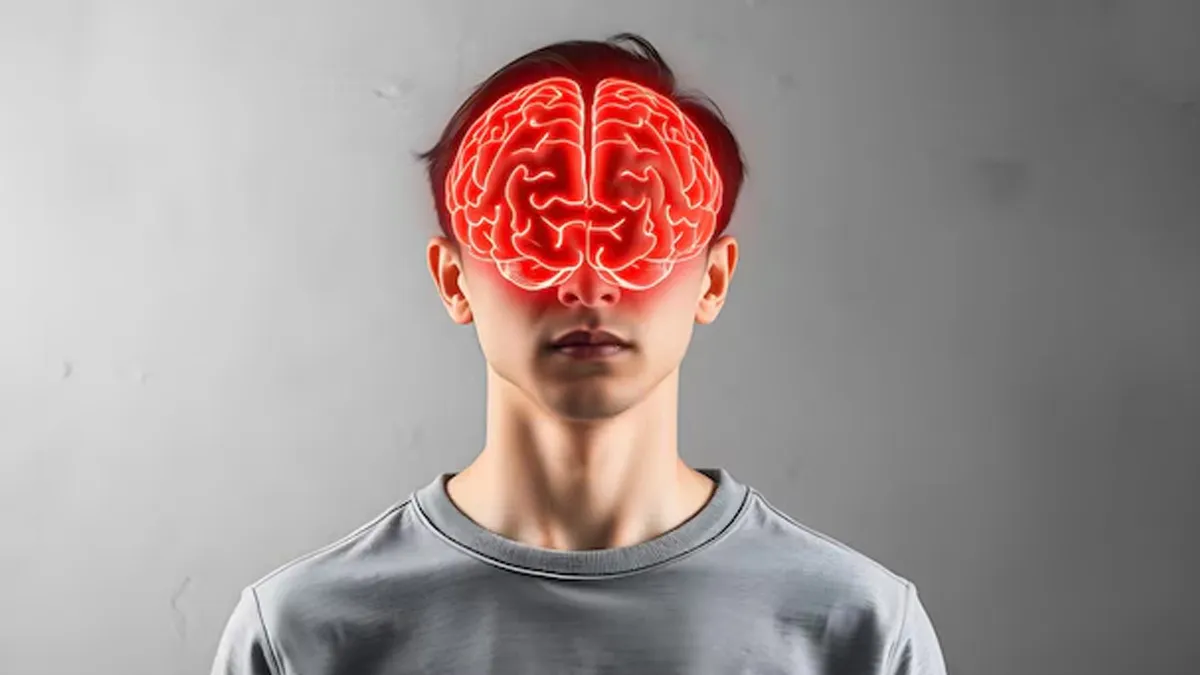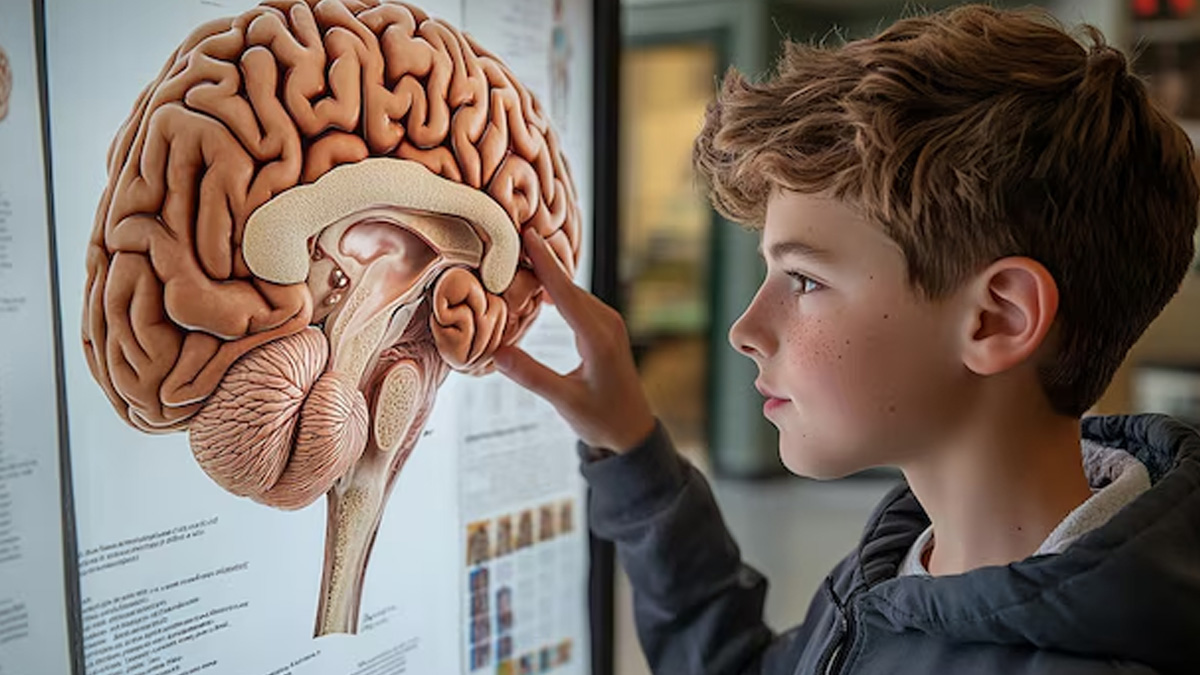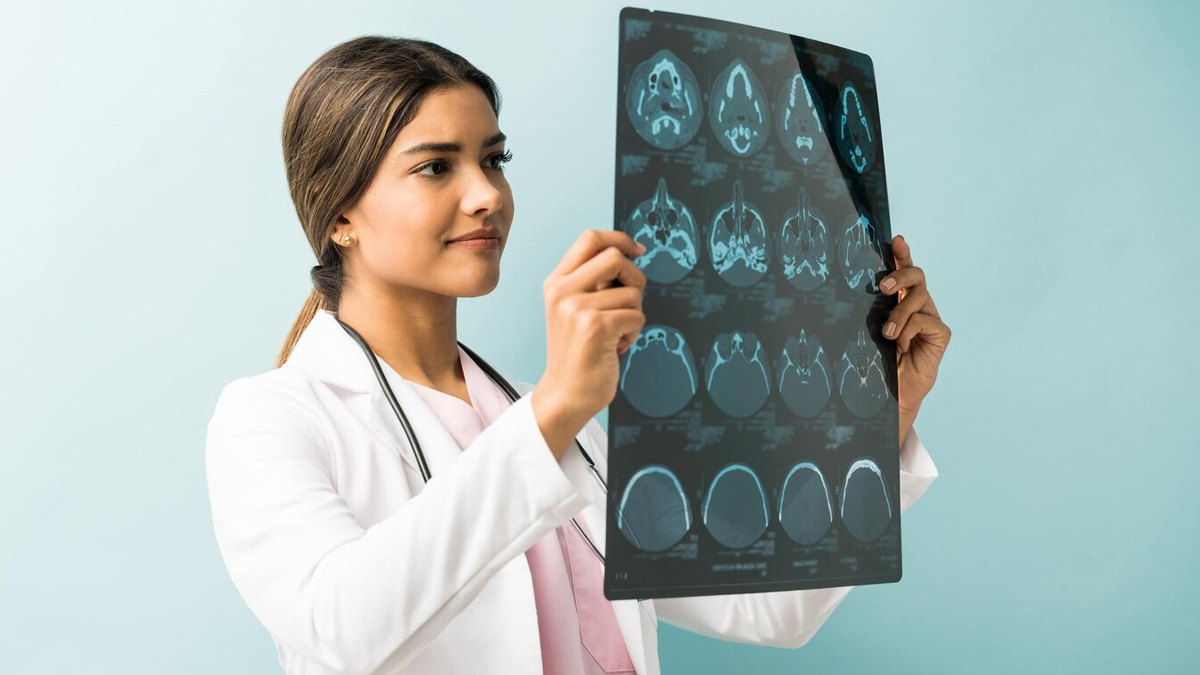
World Brain Day is observed every year on July 22 to raise awareness about brain health and neurological disorders. The event not only works towards reducing stigma, but it also promotes timely diagnosis and care for brain-related conditions. One such condition is a brain aneurysm, a potentially serious disorder that, while more common among older adults, is often missed in young people.
Table of Content:-
This World Brain Day 2022, we spotlight brain aneurysms and the often-overlooked risk they pose to young people.
What Is Brain Aneurysm?

Dr Jaskaran Singh, Senior Consultant – Neurosurgery, Manipal Hospital, Patiala, describes a brain aneurysm as a weak spot in the wall of a blood vessel, like a blister in the brain, which often swells and forms a bulge due to constant blood flow in this weakened area.
"As blood flows constantly into the aneurysm, it expands and can even burst. This leads to bleeding in the brain, which can be life-threatening," he explains further. "A ruptured aneurysm is a medical emergency and requires urgent intervention."
According to StatPearls Publishing, brain aneurysm, also known as cerebral aneurysm, has a worldwide prevalence of approximately 3.2%, with a mean age of 50 and affecting men and women equally.
Also Read: Don't Wait For Symptoms: Understanding Brain Aneurysms And Taking Control Of Your Health
Can Young People Develop Brain Aneurysms?
Though more common in adults and older adults, particularly those between 30 and 60 years old, brain aneurysms can also occur in young people. It is rare but still possible in children and young adults.
Dr Singh shares, "Though uncommon, the prevalence is not negligible in this age group. Young individuals have occasionally been reported to have Aneurysmal Subarachnoid Haemorrhage (SAH).” The condition occurs when blood leaks into the space surrounding the brain, specifically the subarachnoid space, due to a ruptured brain aneurysm.
Common contributing factors are genetics, trauma, or congenital vessel weakness, the doctor adds.
Warning Symptoms Of Brain Aneurysm In Young Adults

Many aneurysms do not present with any symptoms at all. However, sometimes, signs can appear if the aneurysm grows large and begins pressing against nearby structures. Typical symptoms include:
- Persistent headaches
- Changes in vision
- Dilated pupils
- Weakness or tingling in the head or face
- People may also get seizures or experience severe pain behind the eyes.
How To Prevent Brain Aneurysms In Young People?
According to Dr Singh, brain aneurysms are difficult to prevent, especially since they are caused by birth defects or genetic diseases.
However, certain lifestyle changes like reducing alcohol consumption, avoiding smoking, managing stress, exercising regularly, and managing chronic conditions can help reduce the risk of developing them. Young people may also benefit from eating healthy, managing weight, and avoiding recreational drug use.
It is also important to get screened regularly, especially in case of a family history of aneurysms.
Also Read: Xi jinping Is Reportedly Suffering From Brain Aneurysm: Know About The Condition
Treatment Options

Treatment for brain aneurysm depends on the size, location, and shape of the aneurysm.
Factors like the patient’s age and risk of rupture are also considered. Neurosurgical procedures such as surgical clipping, where a small metal clip is placed at the base of the aneurysm to prevent blood flow into it, are one option, shares Dr Singh.
The other one is endovascular coiling, where the aneurysm is obliterated endovascularly.
Conclusion
While brain aneurysms are more commonly associated with older adults, they can and do occur in younger individuals. Awareness of the warning signs, understanding potential risk factors, and seeking timely medical attention can make a significant difference.
This World Brain Day, let's prioritise brain health across all age groups and encourage early screening and healthy lifestyle choices to reduce the risk of such life-threatening conditions.
Also watch this video
How we keep this article up to date:
We work with experts and keep a close eye on the latest in health and wellness. Whenever there is a new research or helpful information, we update our articles with accurate and useful advice.
Current Version